
This is where you find all our press releases and news articles.
The cost of fish feed in fish farms is relatively high, and the price of aquatic feed will rise every year. Farmers can only continuously reduce production costs. Fish feed extruder is one tool to increase the efficiency of the animal feed and hence reduce the costs. We know that the equipment used in the production of animal feed pellets is not the same. For the production of poultry and livestock feed pellets, we can use general feed pellet machines. For the production of fish and shrimp feed pellets and pet feed pellets, feed extruder is needed to improve the maturation and gelatinization of the feed.

Feed Extruder: Highly Efficient Feed Machinery in the Aquatic Industry
Extrusion is one of the most common methods of hydrothermal treatment of feed and food, known for more than 50 years. This method has long been popular particularly among the producers of fish feed and pet food. In the process, the complete compound feed is shaped by the extruder into the form of granules, which are subsequently treated, mostly by drying, coating and cooling. The aim of extrusion is to produce granule-shaped compound feed sufficiently coherent and mechanically resistant, fulfilling the requirements of shape, size and texture, or properties important for aquatic environments. Apart from its predominant advantages, extrusion also comes with some negative aspects: in particular, improperly set extrusion parameters may lead to a loss of some thermolabile components, such as vitamins A, C, and B1, as well as some enzymes and amino acids (lysine, methionine, cysteine).
As we seek ways of making feed production more sustainable, we cannot omit the technology of extrusion cooking of feed components. Extruding selected feed compounds brings a number advantages, both dietetic and technological. In this technological setup, only a selected compound is extruded, usually one or two, which are then mixed into the final feed. Only the components that significantly benefit from extrusion are extruded, eliminating thus negative effects of extrusion, such as the loss of thermolabile substances in the final mixture. The importance of extrusion lies mainly in increasing the availability and digestibility of nutrients in the digestive tract of livestock. This occurs primarily via a radical reduction of the content of anti-nutritional factors, via denaturation of proteins, gelatinisation of starches, increasing the ratio of the so-called soluble fibre, and sterilisation of the extruded material. It is therefore a synergistic effect that helps to improve nutrient utilisation (Table 1).
| Crop | Anti-nutritional factors (ANF) | Reduction (%) | |
| Grains (bran) | Phytates | 54.5 | |
| Grains (bran) | Polyphenols | 73.4 | |
| Grains (bran) | Oxalates | 36.8 | |
| Grains (bran) | Trypsin inhibitors | 72.4 | |
| Legumes | Trypsin inhibitors | Complete degradation | |
| (beans, soy) | Alpha amylases | Complete degradation | |
| Hemagglutinins | Complete degradation | ||
| Legumes | Tannins | Partial reduction | |
| (peas) | Lectins | Complete degradation | |
| Phytates | Minimum reduction | ||
| Trypsin inhibitors |
|
||
| Flax seed | Tannins | 61 |
In the energetically demanding process of extrusion, the highest costs are associated with the consumption of electricity and steam. In the extruder and its transport pathways, electrical energy is transformed into mechanical energy (SME) and the energy of heat is transformed into heat (STE). Both sources of energy are equivalent and, to an extent, interchangeable. But the production costs of one kilowatt as steam are only a third of those of one kilowatt as electricity. Therefore, it is economically advantageous to maximise the use of steam energy. Another way to save energy is using recuperation systems. The company Farmet offers multi-level systems of recuperation, where the condensation heat from the extruder and transport pathways, and the hot air from the presses are utilised to pre-heat the entering raw material.
The importance of cereal extrusion lies in the increased digestibility of starch (so-called gelatinisation) resulting from extrusion cooking, which occurs already at a moisture of 12 to 22%, in contrast to other food-related applications. When gelatinisation temperature is reached, both components of starch – the amorphous amylose and crystalline amylopectin – are transformed. Gelatinisation is augmented by the actions of pressure, heat, and shearing forces. The degree of gelatinisation can thus be manipulated by setting extrusion parameters.
In optimisation tests of wheat extrusion, carried out by Farmet, the effect of wheat variety and extrusion parameters on the feed conversion ratio in chicken broilers was tested. The treated wheat was mixed into the complete compound feed. The recipes for these mixtures were made to exhibit similar nutritional parameters. During the tests, savings between 4 and 14% were obtained, compared to untreated wheat (control), depending on the variety and extrusion parameters (Table 2).
| Variety | Feed conversion ratio (kg feed per kg gain). Extruded wheat | Feed conversion ratio (kg feed per kg gain). Control | Feed savings (%) |
| Yetti | 1.73 | 1.88 | 8.2 |
| Grizzly | 1.76 | 2.04 | 13.6 |
| Reform | 1.67 | 1.75 | 4.4 |
Table 2 - Feed conversion in chicken broilers fed by mixtures containing wheat.
Oilseeds and legumes (soybeans, sunflower seed, canola, peas, beans, lupine, etc.) are valued within the feed industry mainly in terms of their high protein content. Legumes and oilseeds contain substances with a negative effect on nutrient digestibility (anti-nutritional factors, ANFs), leading also to adverse effects on some animal products and feed intake and digestion. The most common ANFs are protease inhibitors, lectins, and urease activity observed in soybeans, and glucosinolates in canola. The activity of most ANFs is reduced upon the application of heat. Thanks to the high pressures and temperatures in the process, extrusion cooking is a very effective way to reduce ANFs. Oilseeds, compared to legumes, also contain a considerable amount of oil, which can be reduced by combining extrusion with the technology of screw pressing.
The extruders cause a removal of anti-nutritional factors, increase in the digestibility of starch and proteins, disruption of cellular structures, and overall heating of the material, all of which improve oil yield in the subsequent extrusion-pressing step. The end products of this process are vegetable oil and also press cake, which is a convenient substitution for extracted soybean meal. Fattening tests were performed on broilers to compare parameters of nutrition between extruded full-fat soybeans, extruded soybean cake, and extracted soybean meal. The recipes for mixtures containing these components were made to exhibit similar nutritional parameters. The tests have shown a better feed conversion ratio (FCR) in both extruded soya bean cake and extruded full-fat soya bean, compared to extracted soybean meal (Table 3).
| Feed conversion ratio (kg feed per kg gain) | Feed savings (%) | |
| Extracted soybean meal | 1.56 | 0 |
| Extruded soybean cake | 1.44 | 7.7 |
| Extruded full-fat soy | 1.43 | 8.3 |
Table 3 - Feed conversion in broilers fed by compound feed containing soybean products.
The current trends of increasing commodity prices and decreasing energy costs play into the hands of methods of hydrothermal treatment of feed such as extrusion. Optimising the whole process offers a path to lowering energy demands and improving final product quality – certainly a path to success. Research and development of the extrusion technology has recently made great advances, notably in the automation of control and optimisation of energy efficiency. However, optimising extrusion in terms of feed-related value of the extrudate with the goal of increasing animal productivity still offers considerable room for improvement and will remain an active area of research in the future.
Related News
Large floating fish feed extruder machine prices
Difference between feed pellet machine and feed extruder
General Faults Of Feed Extruder And Troubleshooting
Floating Fish Feed Extruder Or Fish Feed Pellet Production Line
Having the right mix of reliable, high-quality pellet machine and pelletizing systems and expert support is essential to your success. Watch how our end-to-end feed pellet plant solutions have helped our customers optimize their performance.
Our customized and future-proofed turnkey pellet plant solutions is designed with you at the core. From vision to reality and beyond, our team stays connected with yours. Giving you peace-of-mind with an expert at your side.
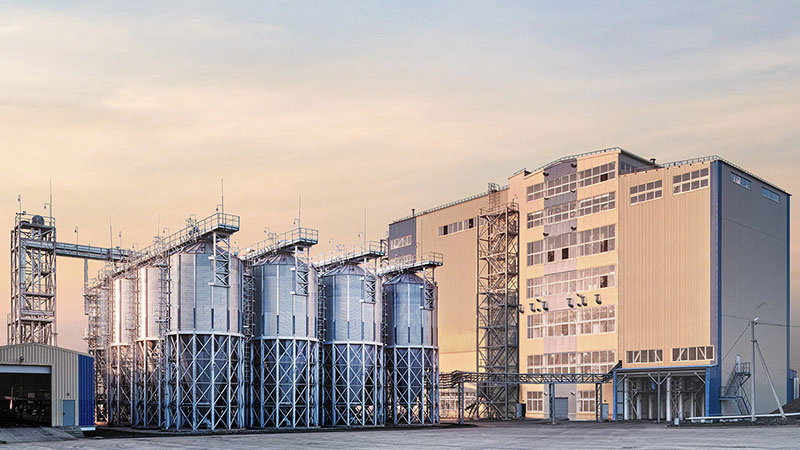
At RICHI, we go beyond project completion. With RICHI Servicee, we’re your dedicated partners in success. Count on us for expert guidance, minimal downtime, and optimized productivity. Choose RICHI for unmatched service and support.
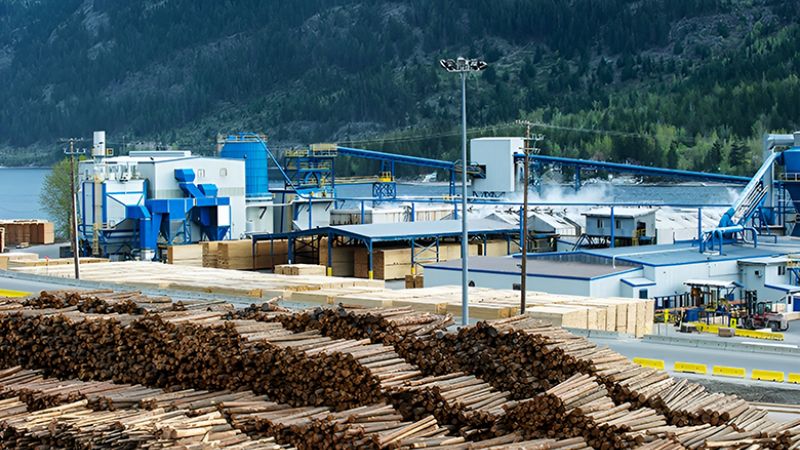
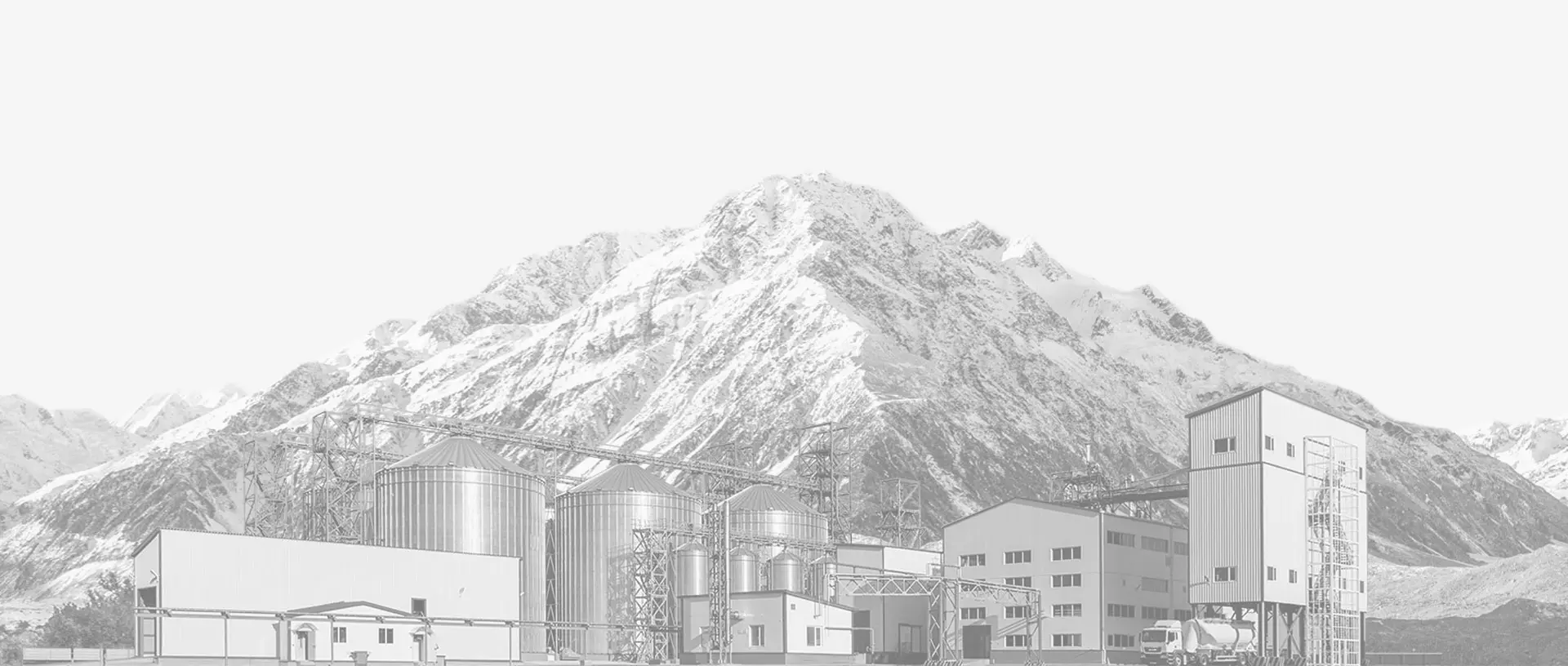

Meet global product demands and quality standards with industry-leading pellet plant design, engineering, equipment, and construction services for pellet processors.
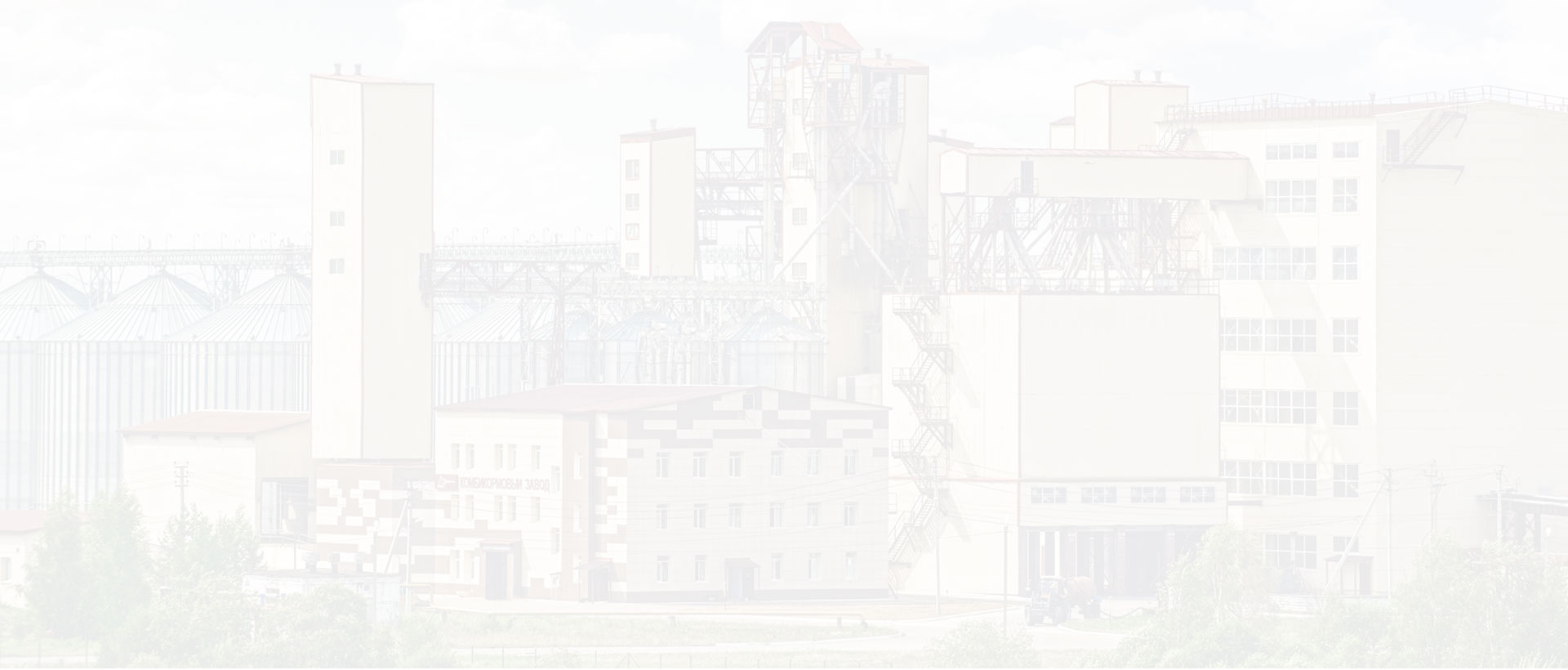
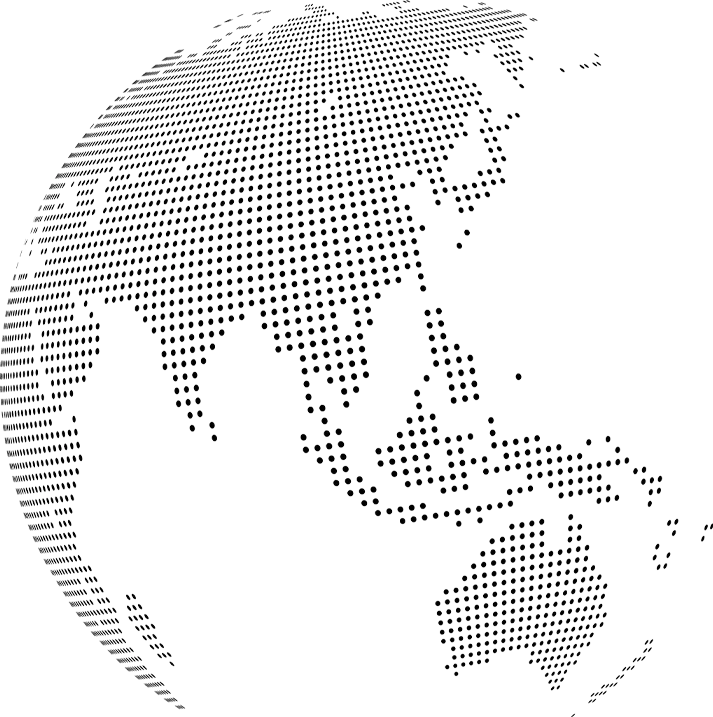
Your Partner Beyond Project Completion
2000+ cases
RICHI is the leading designer, manufacturer and builder of pellet plants in the world, completing over 2000 projects in 140 countries across 6 continents.
Read More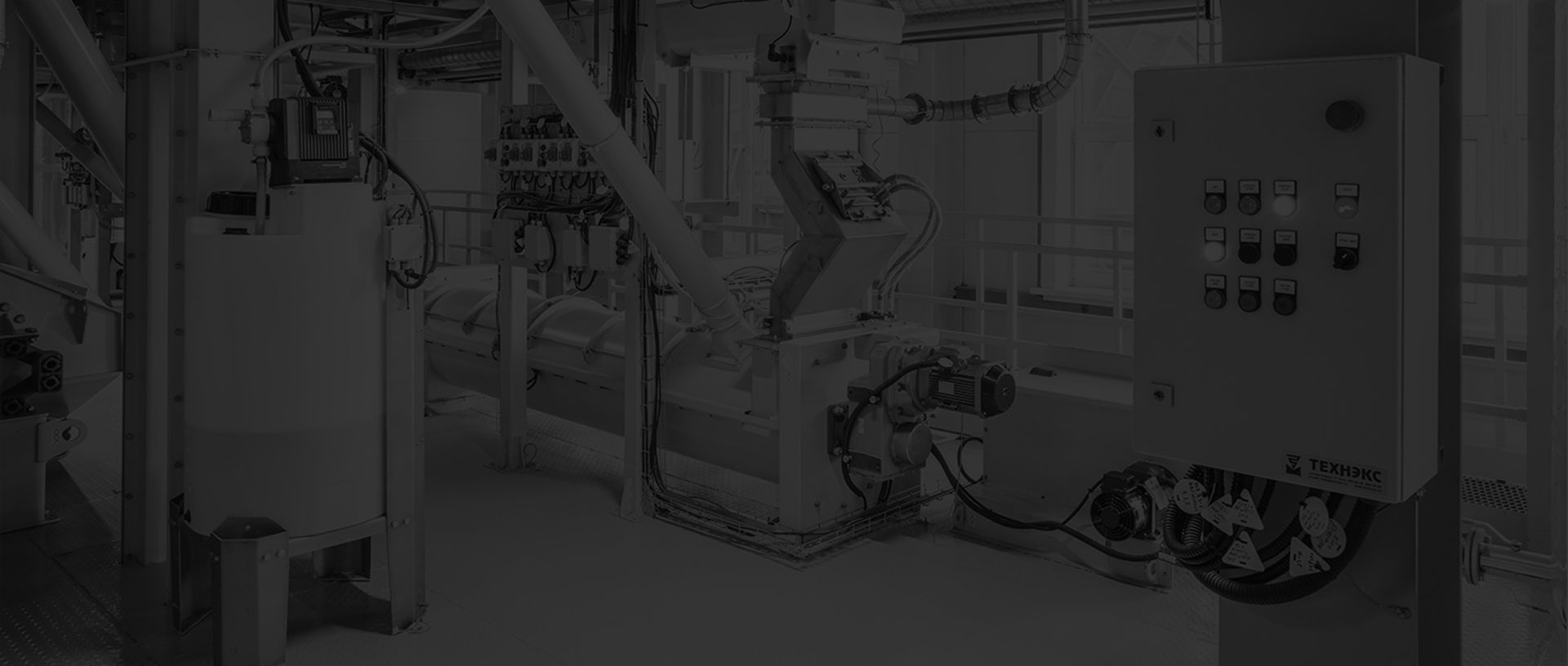
Increase plant productivity, profitability, and safety by integrating high quality equipment into your pellet production line. Over the years, RICHI has become China's top pellet equipment manufacturer. At the same time, RICHI has established valuable partnerships with the world's leading component and raw material manufacturers to bring you the best there is in technology, automation, and efficiency in pelleting plant machinery.
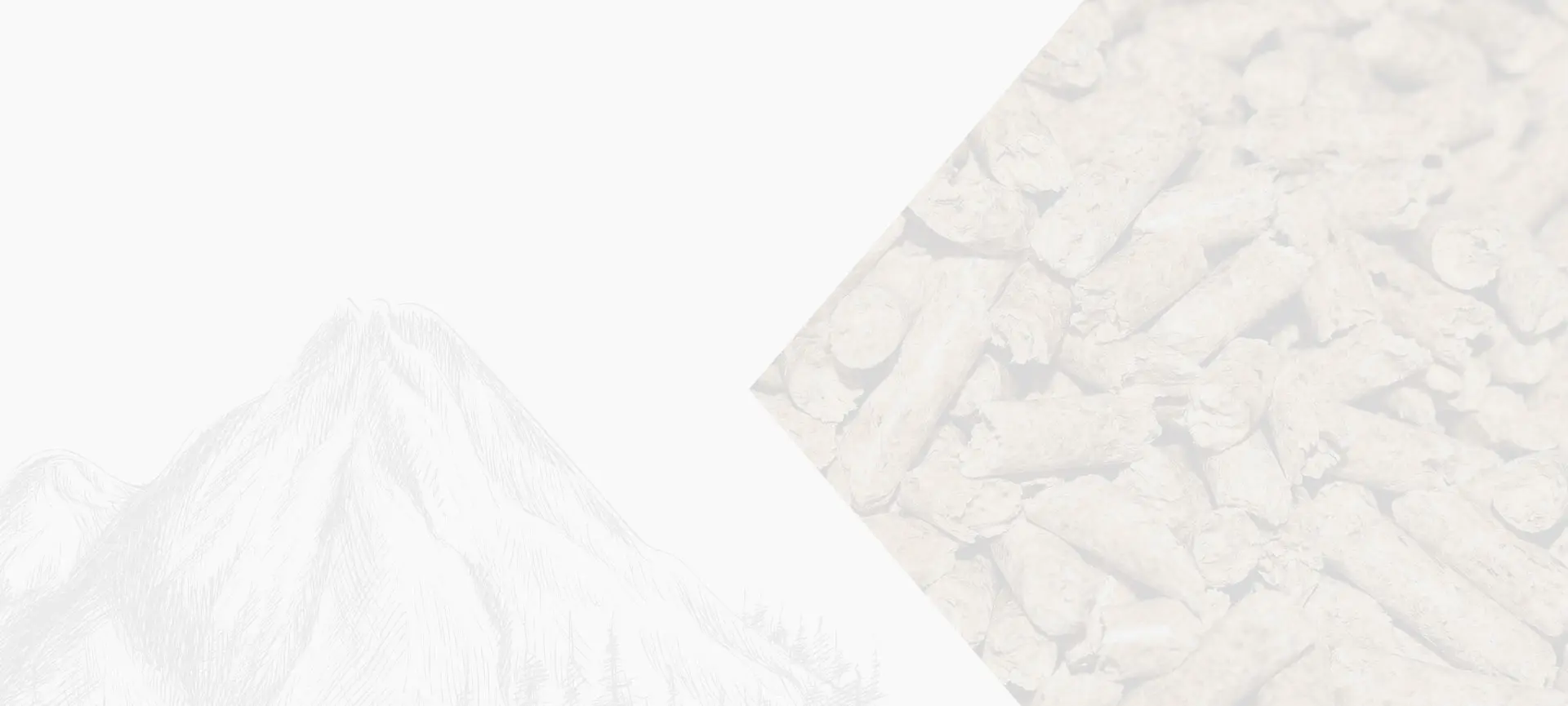
For nearly 30 years, RICHI has been providing best-in-class pellet plant equipment and services to clients across a variety of industries, sizes, and needs. We pride ourselves on the knowledge and skill that each team member possesses – from our technical sales team to our process design engineers. You can count on RICHI Machinery to take your operation to the next level of innovation, quality, and success.
Need help with your pellet manufacturing plant project? Contact us today.
ANIMAL FEED
BIOMASS
WOOD
ORGANIC FERTILIZER
AQUA FEED
CAT LITTER
MUNICIPAL WASTE RECYCLING
SPECIAL PELLET PRODUCTION
RICHI Machinery continues to deliver world class pellet mill equipment, pellet plant engineering and project solutions that add value to our customers in the animal feed, wood waste, agriculture waste, organic fertilizer, cat litter and special pellet products industries. Throughout the years, we RICHI Machinery have built strong brand, becoming industry-leading pellet machine manufacturer. We value integrity, promise quality, and prioritize your success.
Learn MoreWith our expert team, we precisely implement your process engineering requirements in pellet mill and pelletizing plant systems. No matter which industry you’re in – we understand your needs and deliver solutions that meet the highest standards.
At RICHI, quality comes first. Our pellet making machine and related pellet line equipment undergo rigorous quality controls to ensure they meet the highest standards. Rely on products that are durable, safe, and efficient.
With decades of experience in pellet machine and pellet production line production, we have earned a reputation as a trusted partner in various industries. Our expertise allows us to cover a wide range of applications.
Not only do we offer premium pelleting equipment, but we are also experts at designing, building, installing, and maintaining facilities from the ground up. Our expertise is within pellt plant process design, discovering the most efficient, productive, and profitable way to handle your materials in an end-to-end cycle.

Keeping in touch with us is an effective way to solve all your problems. If you have any needs or questions, please leave your contact information, then RICHI technical consultants will send design, quotation, videos to your mailbox. You can also contact us directly via WhatsApp: +86 13838389622
Copyright©2015-2024 by HENAN RICHI MACHINERY CO., LTD. All rights reserved.